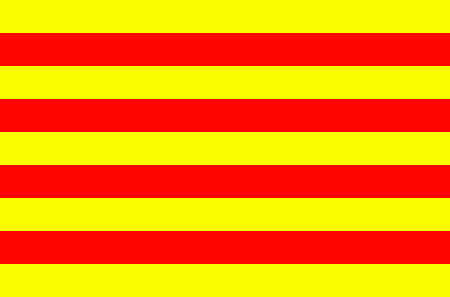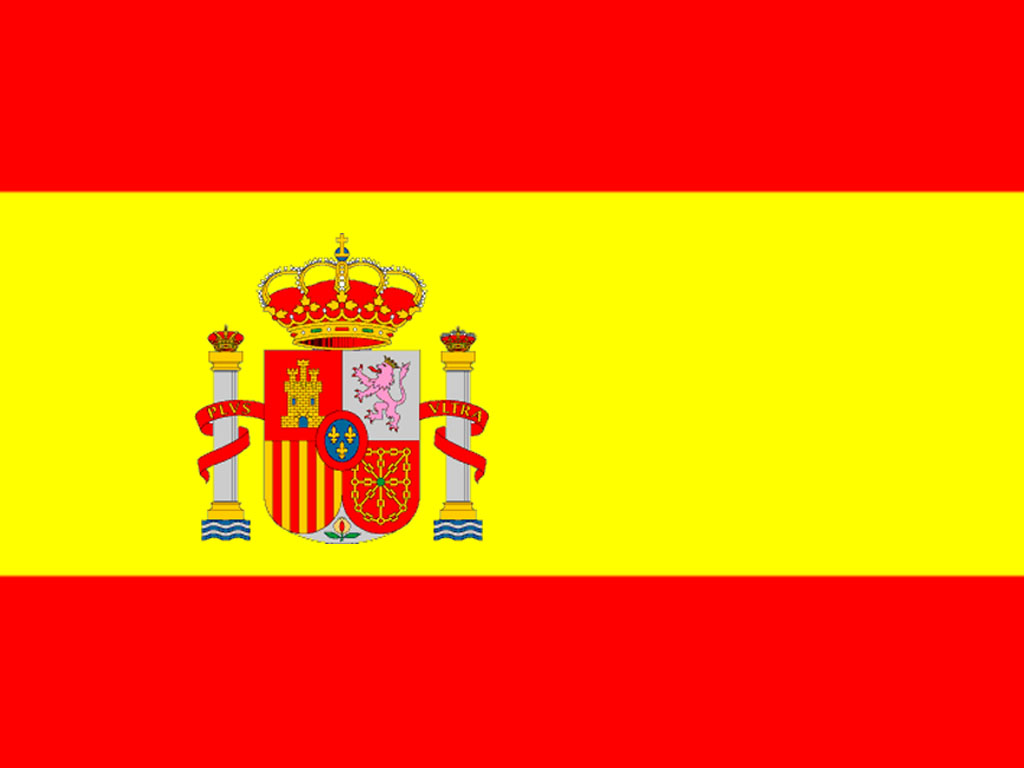Data analysisOnce genetic expression data from Real-time RT-PCR have been obtained and relative expression has been calculated, the next step to do is the statistical analysis from normalized data to get relevant information.Different analysis strategies allow identify which genes present a significant differential expression between groups. Select the appropiate method of analysis depends on raw data and how this data has been obtained. When two or more groups are compared two types of designs can be done: when observations are from independent groups or when observations are from the same group but in different conditions. Another aspect to has in account is the data type and distribution, this determines the kind of analysis emploied:
So, when we do the analysis a null hipotsesis determines no differences between groups, and the probability that this hipotesis will be true can be calculated. The probability value is the same as the p-value obtained from diferent statisitc tests. How smaller will be the p-value, more unlikely will be that the null hipotesis will be true. Parametric analysisThe parametric analysis of the data is based on 3 different tests:
|
||





